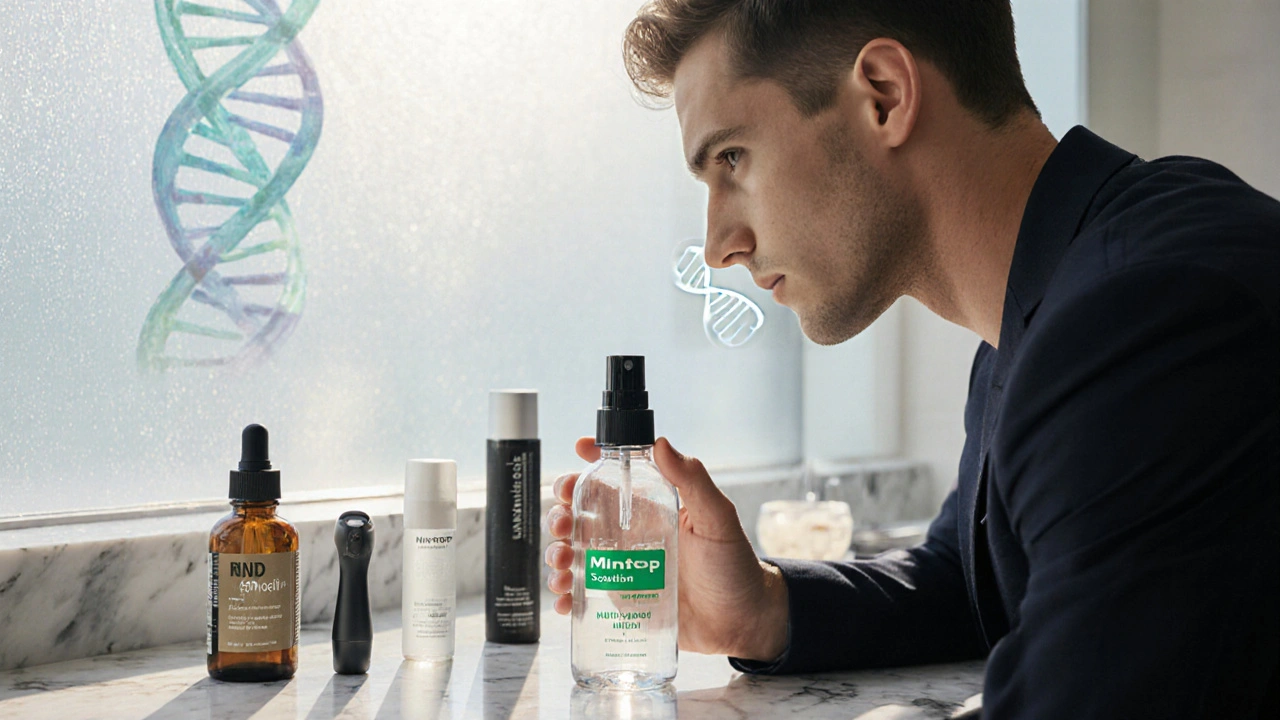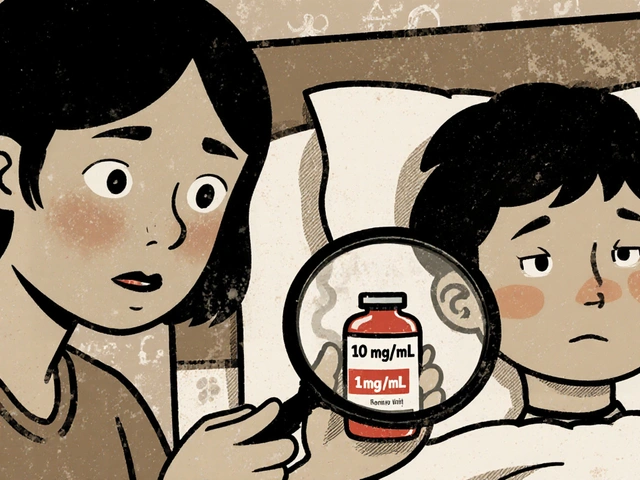Compare Hair Regrowth Options
When researching hair regrowth comparison, a side‑by‑side look at the most common treatments for thinning hair. Also known as hair loss treatment review, it helps you weigh efficacy, safety and price before deciding on a plan.
One of the biggest players in this space is Dutasteride, a prescription 5‑alpha‑reductase inhibitor originally developed for enlarged prostate. It works by blocking the hormone DHT, the main culprit behind follicle miniaturisation. Compared with its cousin Finasteride, Dutasteride blocks two enzyme isoforms, which often translates to stronger DHT suppression but also a higher chance of side effects.
On the over‑the‑counter side, Minoxidil, a topical vasodilator that boosts blood flow to the scalp, has been a go‑to for both men and women for decades. Its mechanism doesn’t touch hormones; instead it lengthens the anagen (growth) phase of hair cycles. Because it’s non‑prescription, many users start with Minoxidil before moving to prescription options if results plateau.
Finasteride, another prescription pill, targets only the type II isoform of the 5‑alpha‑reductase enzyme. It’s often the first line for men because it balances potency and tolerability. However, it’s not approved for women of child‑bearing age due to teratogenic risk, which pushes many female readers toward alternatives like Minoxidil or natural extracts.
Speaking of natural extracts, Saw Palmetto, a plant‑derived supplement that mildly inhibits DHT production, is popular among those who want a milder, non‑prescription approach. While clinical data is mixed, many users report modest gains, especially when combined with Minoxidil. It’s also cheaper and carries fewer systemic risks, making it a frequent entry point for budget‑conscious readers.
Another prescription candidate is Spironolactone, a potassium‑sparing diuretic that also blocks androgen receptors. Women often use it off‑label for hair loss because it tackles hormone‑driven thinning without the risks associated with male‑focused drugs. Its side‑effect profile includes mild blood‑pressure changes, so regular monitoring is advised.
Key Treatment Comparisons
Putting these options side by side reveals clear patterns. Hair regrowth comparison shows that prescription DHT blockers (Dutasteride, Finasteride) generally deliver the fastest and most dramatic hair count increase, but they require medical supervision and carry hormonal side effects. Topicals like Minoxidil are safe for long‑term daily use and work for a broader audience, yet the growth is slower and relies on consistent application.
Natural supplements (Saw Palmetto) sit in the middle: lower potency, fewer systemic effects, and often used as adjuncts rather than stand‑alone solutions. Spironolactone fills a niche for women with androgen‑related loss, offering hormonal control without the beard‑growth risk seen in men using DHT blockers.
Cost is another decisive factor. Over‑the‑counter Minoxidil and Saw Palmetto can be purchased for under $30 a month, while prescription drugs range from $30 to $150 depending on dosage and insurance coverage. Insurance often covers Finasteride for BPH, but not for hair loss, which can push users toward generic equivalents.
Side‑effect profiles also guide decision‑making. Dutasteride’s broader enzyme inhibition can lead to sexual dysfunction in a higher percentage of users compared with Finasteride. Minoxidil may cause scalp irritation or unwanted facial hair, especially in women. Saw Palmetto’s most common complaint is mild gastrointestinal upset.
When you combine the attributes—mechanism, efficacy, safety, cost—you get a decision matrix that matches a person’s hair loss stage, health status, and budget. For early‑stage thinning, starting with Minoxidil or Saw Palmetto makes sense. For moderate to advanced loss, a doctor‑prescribed DHT blocker often yields the most visible improvement.
The articles below dive deeper into each treatment, compare real‑world outcomes, and help you map a personalized plan. Whether you’re curious about how dutasteride stacks up against finasteride, want a step‑by‑step guide to using minoxidil safely, or need to know if spironolactone is right for you, the collection is organized to give you quick answers and actionable steps.





